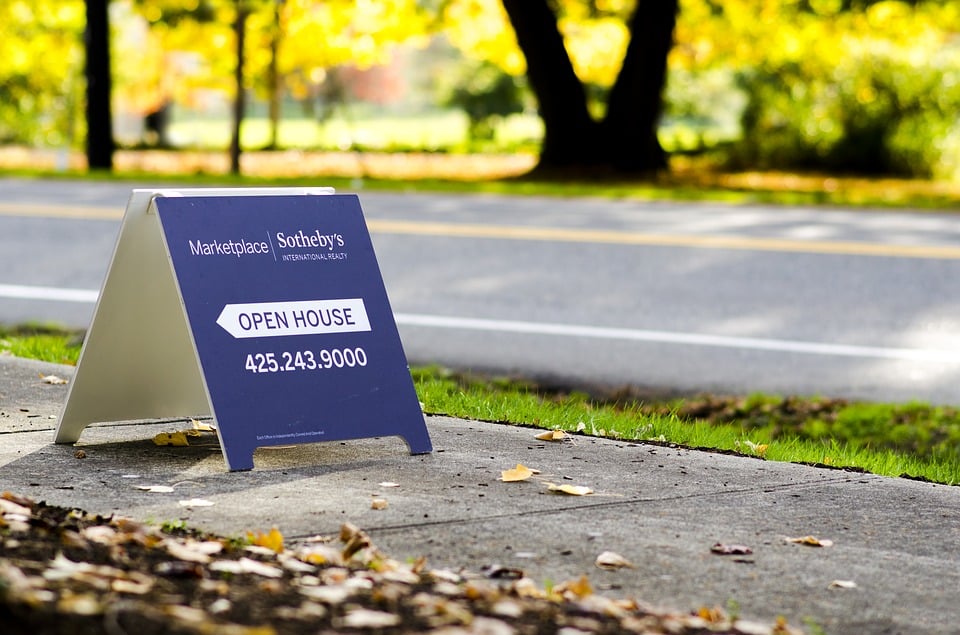Real estate signs are more important than you might think. Done right, they can help to raise awareness about your brand and help to reel in those potential clients more easily, says Katie Lundin, a customer support specialist with Crowdspring, a marketplace for crowdsourced logo, web, graphic, and product design.

Here are four best practices to consider when designing your own real estate sign:
For maximum impact, your sign needs to be in the right format, which means considering the size, medium and space for your branding and layout. The most common real estate sign style is probably the traditional colonial post, but a better option might be the H-frame stake, which is a lightweight sign post that’s good for temporary signage. The frame legs poke into the ground for easy step-up and removal.
Another option is the Frame style, which is a sturdy metal frame that encloses the actual sign and can be used for single or double riders. Then there’s the A-Frame, a kind of sandwich board that’s useful for drawing attention to an open house or some other kind of event. You could also use vinyl window clings to stick a sign inside the window of a home, or a feather flag, which is a tall frame with a fabric flag attached if you require a more eye-catching option.
As far as branding goes, the most important thing is to ensure your business logo is displayed prominently on the sign. You should also use your brand colors on the signage, Lundin says, as this will help people who see it become more familiar with your brand.
“For all the people who walk or drive past your signs, most of them are probably not looking to buy a house or lease a commercial space at that time,” Lundin said. “But if you’ve used your signage to create a consistent visual presence over the years, you’ve planted a seed.”
Your sign must communicate your message clearly, so that means using colors and fonts that make it easy to read. Funky serif typography might be okay for a logo, but it won’t work for spelling out what it is you’re actually trying to say. In order to be effective, the sign must be easily readable from a distance and from a moving vehicle, Lundin noted.
Embrace the white, empty space around your logo and text as a vital contributor to your overall design aesthetic and readability. This provides visual ease and breathability, Lundin said.